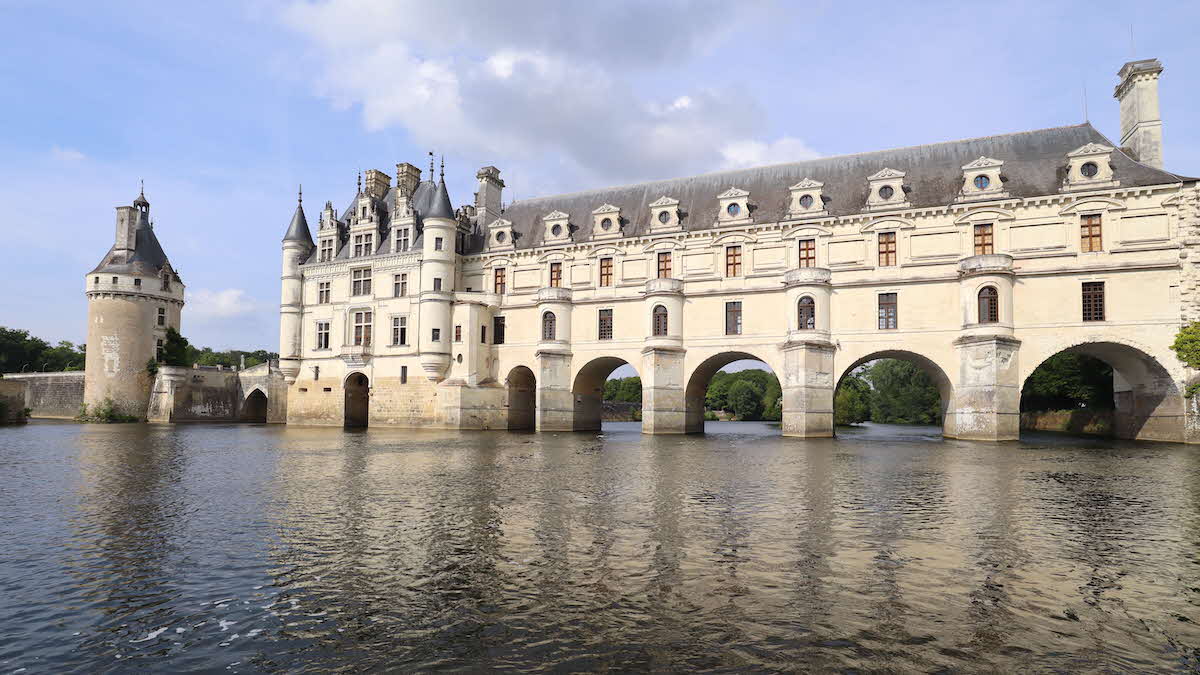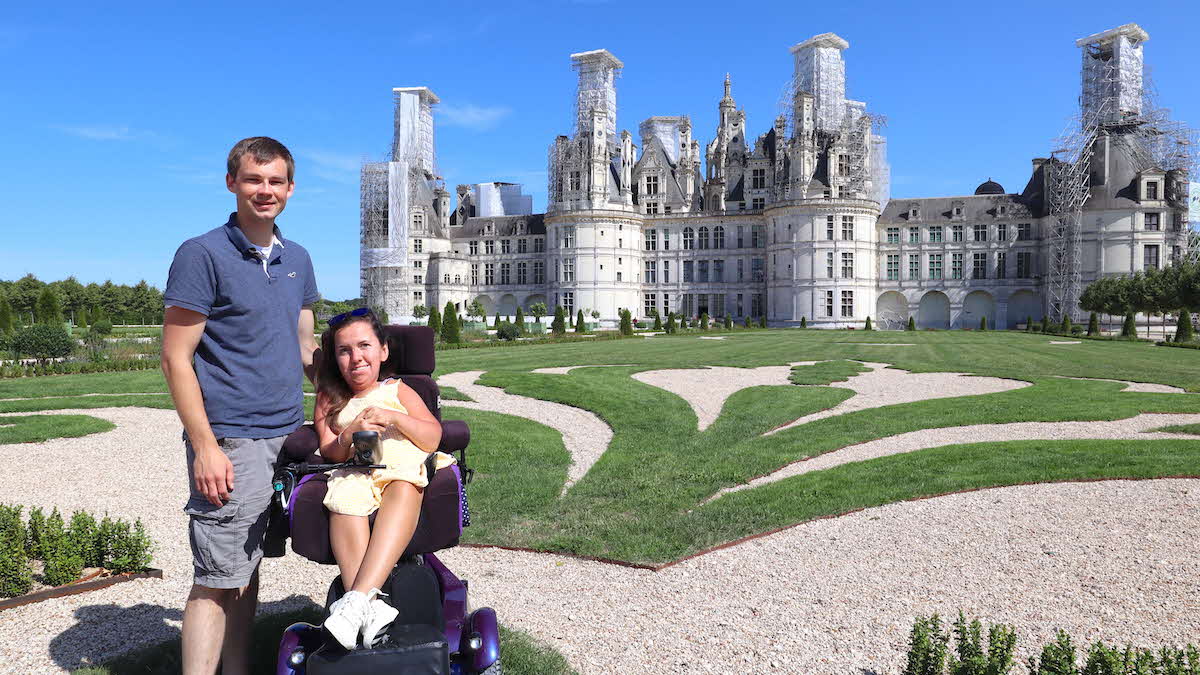Lure of the Loire
From magnificent châteaux to spellbinding river views and atmospheric caves, Karla Baker experiences the beauty of the Loire Valley

Château de Chenonceau
Famous for its castles, vineyards and picturesque cities, it’s easy to see why the Loire Valley attracts visitors from all over the world. Located in the heart of France and steeped in history and culture, it’s a particularly great area for caravanners and motorhomers to explore, and the region’s mostly flat landscape makes it perfect for wheelchair users too. After a few years without a foreign holiday, my partner Stephen and I couldn’t wait to go and explore it for ourselves.
The excitement began with the planning stages. The Club’s overseas travel service made booking a breeze, helping us choose campsites with the best accessibility ratings, arranging our crossing, and ensuring that we had suitable Red Pennant European breakdown and travel insurance should anything untoward happen during our trip. Everything was taken care of, so all that was left to do was hitch up our caravan and go.
Having spent the night at Black Horse Farm Club Campsite, we had a short drive to the Eurotunnel terminal at Folkestone. This proved to be a very quick and easy way to cross the Channel, and a mere 35 minutes after departure (and without having to leave the car), we were cruising down the open French motorways towards our first campsite.
Soon enough, we arrived at L’Isle Verte, a relaxed site nestled on the south shore of the Loire river. We made the most of the warm evening with a stroll around the site, and found a gate that led us straight down to the water. At 634 miles, the Loire is the longest river solely in France, its towpaths providing endless opportunities for scenic (and accessible!) walks and bike rides. Although the sun was beginning to set, we couldn’t resist exploring just a small section of the path, looking out to Château de Montsoreau, which was lit with a golden glow. Just what we needed after the long drive!

Path from Camping L'isle Verte
Awoken by birdsong the next day, we spent the morning recuperating on site and catching up on errands before heading to the town of Saumur, a short drive away. Featuring white stone and dark, pointed turrets, the fairytale-like Château de Saumur popped against the bright blue sky, standing tall above the Loire and reflecting in its gleaming surface. We knew this would be the first of many such moments in this spellbinding region.
Following the river east, the next day we took a leisurely drive to our next stop, L’Orangerie de Beauregard. We made our way onto the campsite down a long driveway neatly lined with trees, and pitched ourselves under nature’s own parasol – a gigantic 160-year-old oak tree – for which we would be thankful during the heatwave that was to come.
As it was still early in the day, we headed to the grand Château de Villandry. The uneven cobblestones on the entrance path made it a bumpy ride as a wheelchair user, but once inside we were able to easily explore the luxurious rooms on the ground floor, before making our way outside for the pièce de resistance: the gardens! They were set out in perfectly manicured squares, with each section home to an array of plants, from brightly-hued blooms to subdued greens, to a banquet of fruits, vegetables and herbs fit for royalty. There was so much to see, with magenta climbing roses adding to the romance.
Going underground

Chateau de Chambord
As fascinating as it was to see how the richest in society lived, a visit to the Loire Valley isn’t complete without experiencing the opposite end of the spectrum too. The Troglodytic Valley of Goupillières showcases exactly what life would have been like for 90% of the population up until the 19th century. While lords and ladies could afford the luxury of a château, the majority lived communally as peasants in underground worlds.
As we wandered around a series of restored farms, we felt like we’d been transported back 500 years. Possessing little more than their physical strength, people carved their homes into the limestone that was dug out to build the many châteaus surrounding the area. Every blow from their pickaxes is still etched into the walls. It was such a contrast to the grandeur that we had witnessed just 24 hours earlier, but very poignant, and no less fascinating.
Crossing the Loire once more, we made our way to our final campsite, Les Saules, and pitched up in the woodland. From there, we made the 25-minute drive to one of the most well-known châteaus in the world, Chambord, famous for its renaissance architecture and double helix staircase inspired by Leonardo da Vinci. Despite the scaffolding that had been erected around the towers, the magnificence of Chambord was still unquestionable. We spent a while just absorbing the views, in awe of the immaculately preserved stonework, before making our way inside. With smooth ramps between levels, we could freely explore the ground floor, the scent of ancient wood fires lingering in the great hall.
As the sun began to set on our trip, we had one last château to visit – but this time, from a different perspective. Boarding the wheelchair-accessible L’Ambacia boat, we sailed peacefully down the Cher River, watching the reeds being gently tugged by the water. The Château de Chenonceau soon came into view, and we gracefully drifted underneath its elegant stone arches – a magical end to a memorable trip.
If Karla has inspired you to visit this region, head to camc.com/overseas to book these campsites and more. Remember, if you book an overseas site, Eurotunnel or ferry crossing through the Club you’ll get the best price – guaranteed! To find out more see camc.com/pricematch. And if you combine your crossing with a campsite stay you benefit from package travel protection – see camc.com/overseaspackages.


